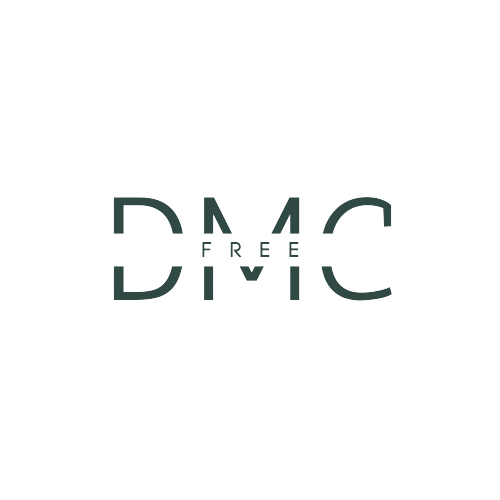
User Experience (UX) design is one of the fastest-growing disciplines in the digital arena. With businesses prioritizing customer-centric solutions, the demand for skilled UX designers is higher than ever. Among the tools that have become indispensable in the UX toolkit is Figma, which offers a collaborative interface for designers worldwide. This article will guide you on how to embark on a fruitful UX design journey, emphasizing a promising Figma career.
Table of Contents
The Foundations of UX Design
At its core, UX design revolves around creating digital products that provide meaningful and relevant experiences to users. This involves a combination of psychology, business, market research, design, and technology. A solid understanding of these principles ensures you craft visually appealing interfaces and create solutions that resonate with user needs and business objectives.
Embracing a Figma Career: A Game-Changer in UX Design
Figma is revolutionizing the way designers collaborate. With real-time co-editing, cloud storage, and many design tools, it is unsurprising that many designers are pivoting to a Figma-centric approach.
Why Choose a Figma Career?
- Collaborative Design: Figma allows multiple users to collaborate on a design simultaneously, offering a unified design process.
- Versatility: From wireframing to prototyping, Figma provides an all-in-one solution.
- Accessibility: As a web-based platform, Figma ensures your projects are accessible anywhere, anytime. Learn more from the official Figma website.

Steps to Forge a Figma Career in UX Design
- Educate Yourself: While a formal degree isn’t mandatory, courses in graphic design, interaction design, or similar fields can be advantageous. Numerous online platforms offer specialized Figma training.
- Hands-On Experience: Start by exploring Figma’s free resources. Practice makes perfect.
- Build a Portfolio: Showcase your Figma projects. This will be your ticket to attracting potential employers or clients.
- Stay Updated: The world of UX and Figma is ever-evolving. Join Figma communities, attend webinars, and follow industry leaders to keep abreast of the latest trends and updates.
- Network: Engage with fellow designers. Share your Figma creations and seek feedback. This not only improves your skills but also expands your professional connections.
Read More: UX vs UI Design
Global Outlook: UX Designer Salaries by Country with a Figma Specialty
| Country | Average Annual Salary (USD) |
|---|---|
| United States | $85,000 – $105,000 |
| United Kingdom | $60,000 – $80,000 |
| Canada | $70,000 – $90,000 |
| Australia | $65,000 – $85,000 |
| Germany | $55,000 – $75,000 |
Note: The figures above are averages and can vary based on experience, location within the country, and specific employer details.
Conclusion
A UX design career, especially for those eyeing entry level UX designer jobs with no industry experience, promises a dynamic, rewarding, and future-proof profession. As businesses globally recognize the value of excellent user experiences, the demand for Figma-savvy UX designers is set to soar even higher in the coming years. By equipping yourself with the right skills, practicing relentlessly, and staying updated, you can pave a successful path in the ever-expanding world of UX design.
Frequently Asked Questions about Becoming a UX Designer
What qualifications do I need to be a UX designer?
A mix really! Some kickstart with a bachelor’s degree in design or something similar, while others break in via specialized courses or bootcamps. But here’s a tip: a strong portfolio often speaks volumes, sometimes even more than degrees.
How do I start to be a UX designer?
Firstly, immerse yourself in learning. Platforms like Coursera or Udacity are great. Then, take on small projects, maybe even volunteer or redesign your favorite website for fun. And oh, getting involved in design communities can really up your game!
How long does it take to become a UX designer?
It varies. Traditional university routes might take 3-4 years. However, if you’re diving headfirst into courses or bootcamps and practicing alongside, it could be a few months to a year. The more real-world experience you gather, the quicker you’ll grow.
Is it hard to study UX design?
There’s a curve, like with anything new. But if you’re genuinely curious about how users think and love crafting solutions, you might find it more exciting than complex. And the more you practice, the easier it gets!
Should I learn UI or UX first?
Consider UX the foundation—it’s understanding and crafting for the user. UI is like the paint job on top. Starting with UX gives you a solid base. Once you’ve got that down, layering on UI knowledge is a breeze.
Does UX design require coding?
Not strictly, but a touch of coding knowledge can help. Understanding the basics, say HTML or CSS, can help you gauge what’s feasible in bringing designs to life. However, many UX pros don’t code regularly and collaborate closely with developers instead.


